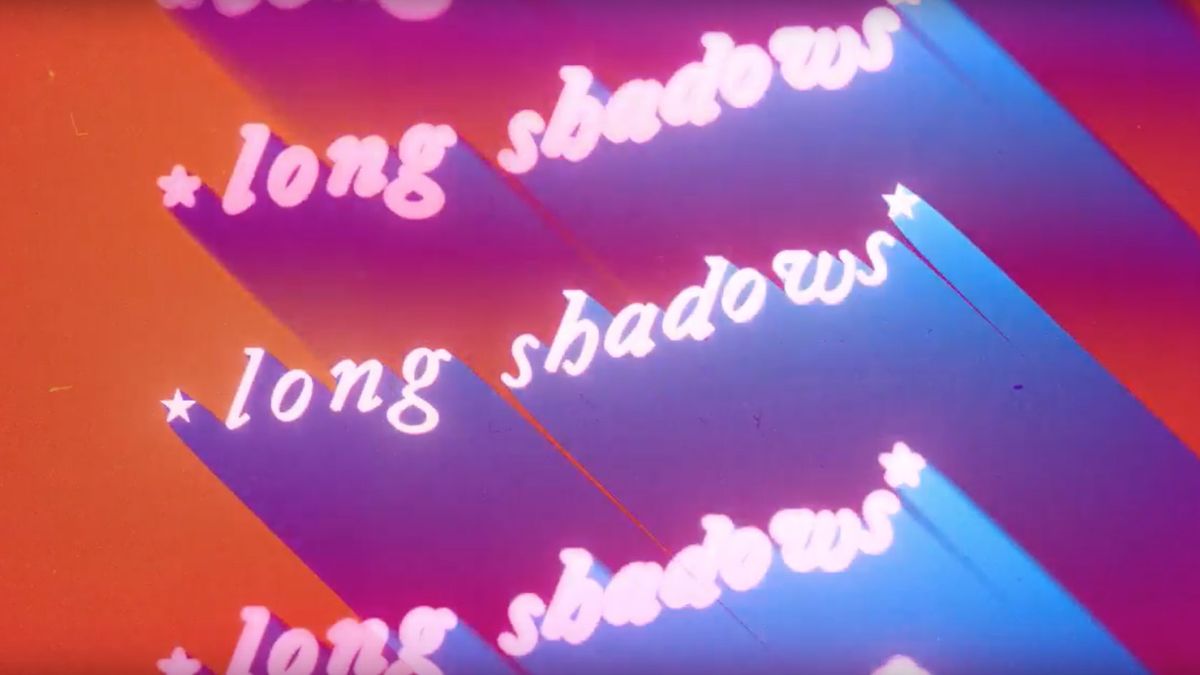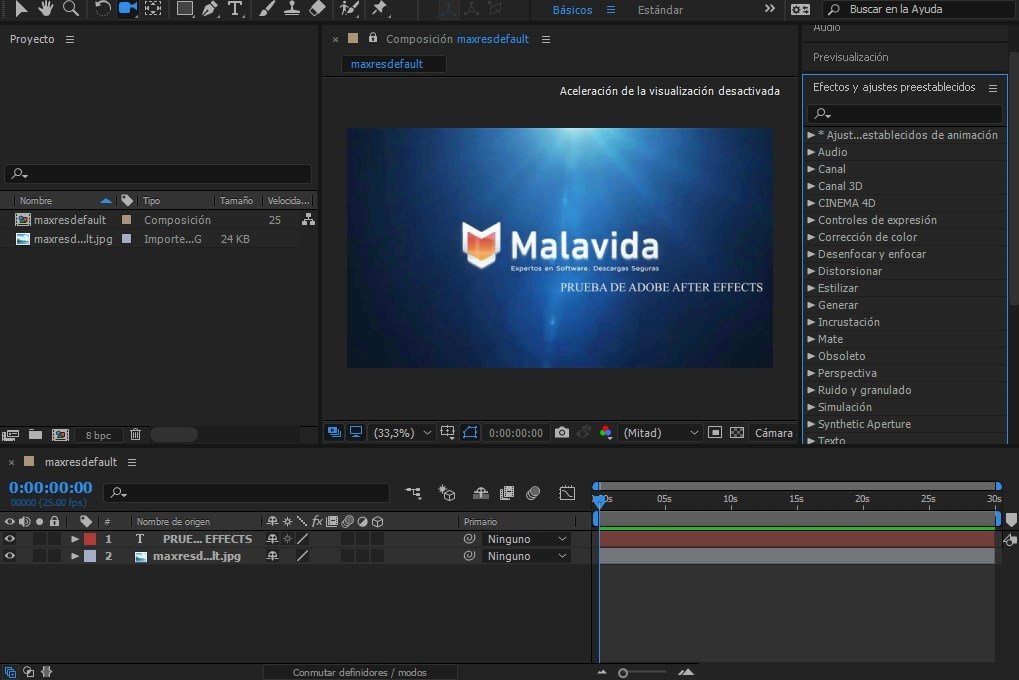
įor 3D animations, all frames must be rendered after the modeling is complete. The differences in appearance between key frames are automatically calculated by the computer in a process known as tweening or morphing. of the figure are moved by the animator on key frames. Then the limbs, eyes, mouth, clothes, etc. This technique is identical to how the illusion of movement is achieved with television and motion pictures.įor 3D animations, objects (models) are built on the computer monitor (modeled) and 3D figures are rigged with a virtual skeleton. To create the illusion of movement, an image is displayed on the computer monitor and repeatedly replaced by a new similar image but advanced slightly in time (usually at a rate of 24, 25, or 30 frames/second). Also computer-generated animations allow a single graphic artist to produce such content without using actors, expensive set pieces, or props. The animation's target is sometimes the computer itself, while other times it is film.Ĭomputer animation is essentially a digital successor to stop motion techniques, but using models and traditional animation techniques using frame-by-frame animation illustrations. Modern computer animation usually uses 3D computer graphics. The more general term computer-generated imagery (CGI) encompasses both static scenes ( still images) and dynamic images ( moving images), while computer animation only refers to moving images.


JSTOR ( November 2009) ( Learn how and when to remove this template message)Īn example of computer animation which is produced from the " motion capture" techniqueĬomputer animation is the process used for digitally generating animations.

Unsourced material may be challenged and removed.įind sources: "Computer animation" – news Please help improve this article by adding citations to reliable sources. This article needs additional citations for verification.


 0 kommentar(er)
0 kommentar(er)
